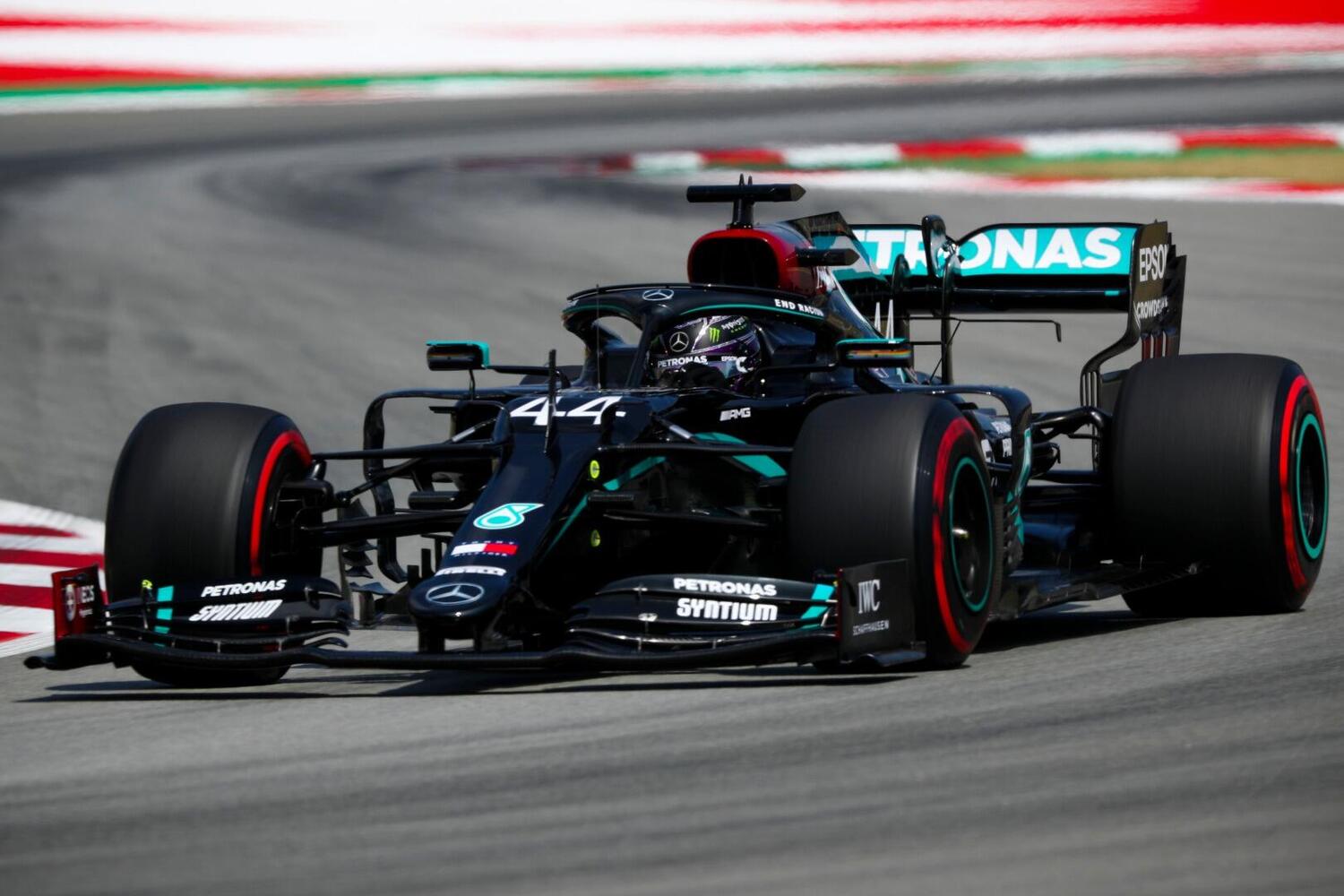

Ensuring you have good traction helps with this masively.īecause we have longer sweeping corners through the first half of the lap we want to keep the rear wheels turning through the corner. Getting good acceleration out of the final chicane is crucial to maximising your speed down the pit straight. It will also help you through the final sector. So a lower on-throttle differential will help with this. As mentioned, you will encounter some tyre wear around Spain. You should look to run low to average on-throttle differential. This will allow you to have fun overtaking cars down the pit straight, and the shorter back straight. You require this downforce so you don’t lose rear stability as you throw the car in to the high speed sweeping corners.īy having a lower front wing, and a higher rear wing, you will have much better top speed than if you had them both the same. Sector 1 and even sector 2 rely heavily on rear downforce. By having a much higher rear wing aero, you will be able to stay on the throttle much longer and harder through the long corners. The rear wing angle should be around double your front. This will provide all the front end downforce that you require. You can run the front wing down as low as around 4. Although you will want a preference towards higher rear aero. You will want to run a fairly balanced aero setup for Spain in F1 2020. And it means you will be able to take the last sector at faster speeds. This will make the last sector replicate the real track much closer. In F1 2020, Catalunya is much wider, just like in real life.

On previous games the last sector of track was much skinnier than in real life, and harder to drive. The whole last sector has been reworked to closer replicate the real track. The Spanish track at Catalunya has changed a fair bit in this years F1 2020 game. You also need to keep one eye on tyre wear, as the long corners of sector 1 can cause some excess wear if your car isn’t balanced well.

A good Spanish setup for F1 2020 should have enough aero for the final sector, and straight line speed for the first sector. Real Formula 1 teams test here during the winter testing as it contains a little bit of everything. For F1’s 2020 return, the latter corner will be both widened and banked into a parabolic corner, to allow cars to run side by side, and at the same speed, through it.Spain is one of the most balanced circuits on the whole F1 2020 calendar. We recommend taking to either the first turn at Tarzan, or to one of the banked corners, either at Arie Luyendijkbocht – the final turn on the track – or Hugenholtzbocht. What’s not to love? Where is the best place to watch? And then there’s the beachside location, just a 30-minute train ride outside of Amsterdam. There’s the atmosphere, which with Max Verstappen on the grid is set to be electric, and most definitely orange-hued. There’s the historic track, which famously featured in John Frankenheimer’s Grand Prix, and was the scene of many great F1 moments over the years (Gilles Villeneuve’s three-wheeled lap, anyone?). Zandvoort combines a lot of enticing features for an F1 fan. And while the circuit will be modernised in time for F1’s 2020 return – including increasing the banking angle at the famous Tarzan corner to an Indianapolis Motor Speedway-trumping 18 degrees – Zandvoort will remain a proper, challenging drivers’ track. The Zandvoort track swoops and flows through the sand dunes, creating a rollercoaster-like feel to the lap.
F1 2020 SPAIN SETUP DRIVERS
‘Really quick’, ‘pretty insane’, ‘crazy’ and ‘old-school’ were words used by the current crop of F1 drivers when asked to describe the Zandvoort track that many of them tackled in their junior category days.


 0 kommentar(er)
0 kommentar(er)
